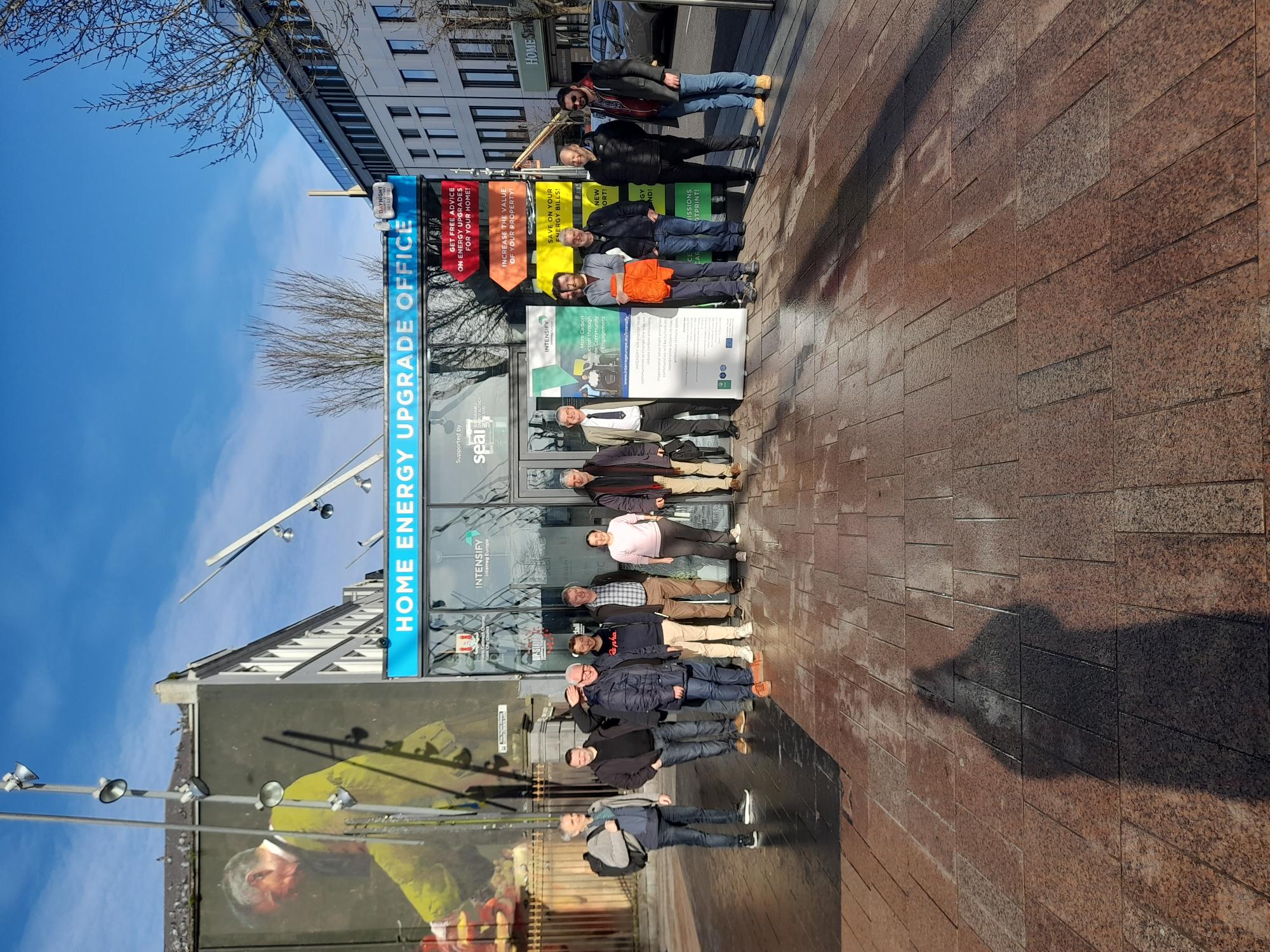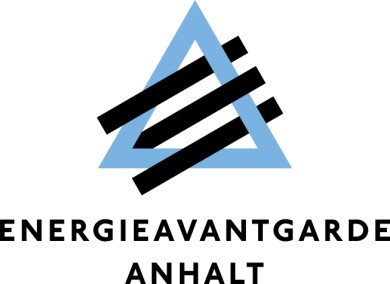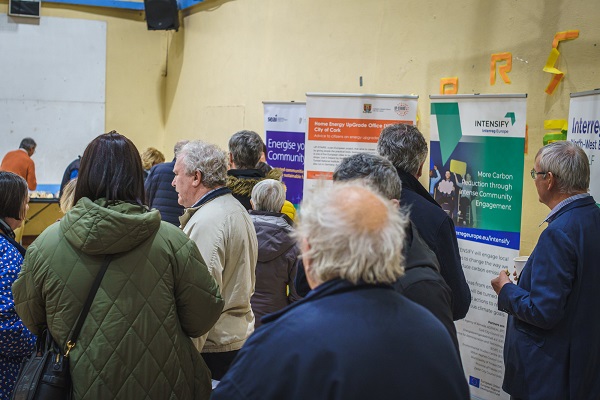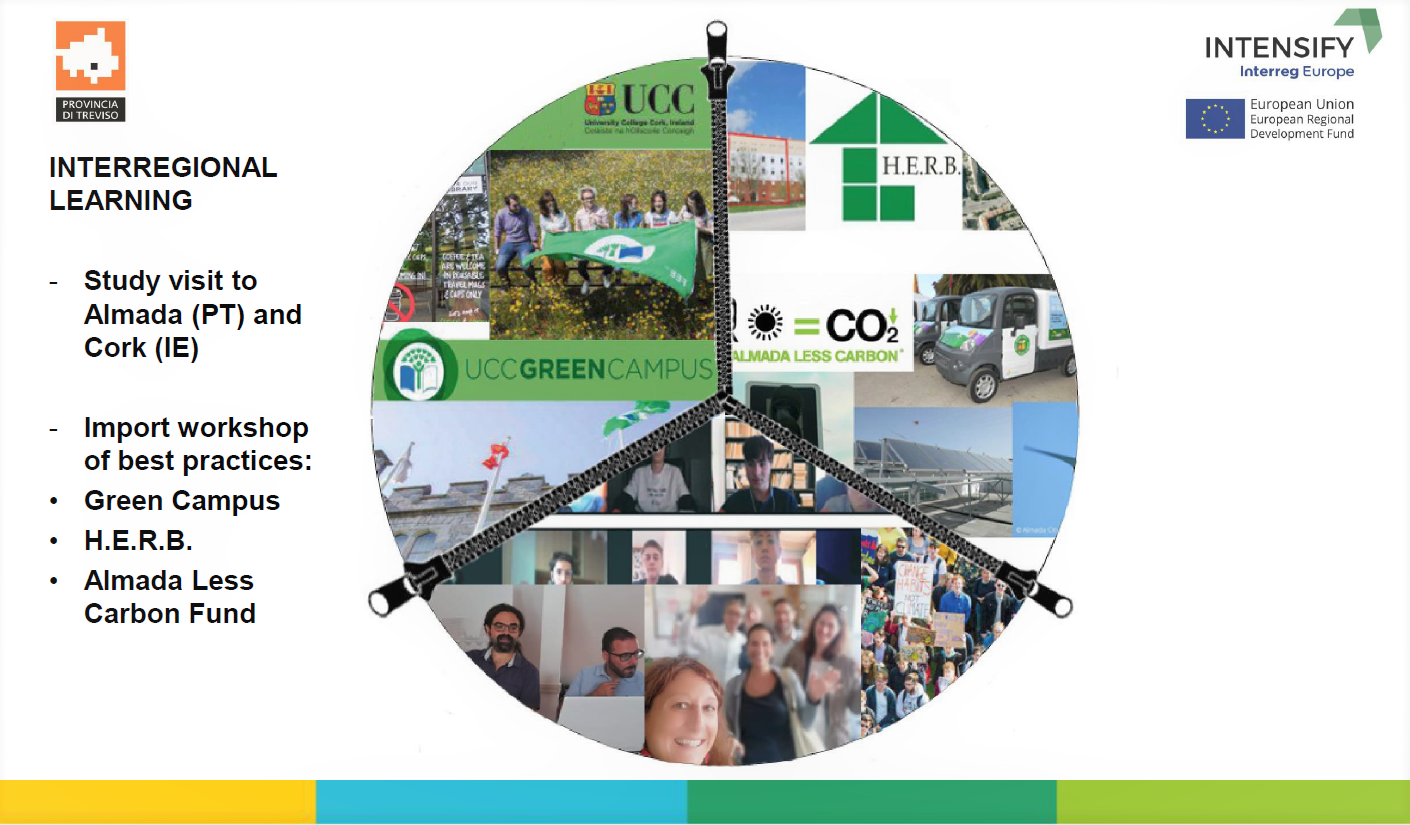Vitoria-Gasteiz continues at the top of Spanish cities in the level of achievement of the Sustainable Development Goals.
Vitoria-Gasteiz is once again at the top of the list of Spanish cities in terms of compliance with the Sustainable Development Goals, according to the biennial report prepared by the Spanish Network for Sustainable Development. Even so, the City Council of Vitoria has urged the organising body to ensure that in future editions the report includes all the indicators, as on this occasion 20 out of 101 have not been evaluated.
The City Council took part recently in the presentation of the report “The SDGs in one hundred Spanish cities”, specially invited as a leading municipality in the fulfilment of them. This second edition of the study shows that Vitoria-Gasteiz continues to lead in the level of compliance with these goals. The city has improved. In fact, it obtains a good evaluation in those sustainability indicators that the report itself considers to be most closely linked to municipal action.
Although the results are not presented in the form of a ranking but by panels and in individualised sheets, in global terms the Basque capital has improved. It is the municipality with the highest degree of compliance in a greater number of SDGs, six in total compared to five two years ago and none in red, just as it was then. The actions linked to goals 5 (gender equality), 6 (clean water and sanitation), 12 (responsible production and consumption), 13 (climate action), 16 (peace, justice and strong institutions) and 17 (partnership to achieve the goals) stand out for being at the highest point of the ranking.
The Mayor, Gorka Urtaran, expressed his satisfaction because the study “recognise the work done and endorses our city as one of the cities with the highest level of compliance with the SDGs set in 2015 by the United Nations within the 2030 Agenda. The report confirms that our commitment remains valid and encourages us to continue working along the same lines in all aspects of municipal action.”
Despite this good assessment, the City Council is critical of the methodology used because there are twenty indicators that have not been assessed in the case of Vitoria-Gasteiz. Thus, for example, Jonatan Moreno, general coordinator of the Mayor’s Office, explains that SDG 1 (End Poverty) has not been evaluated and that the city has not been “examined” in a good number of indicators that make up other SDGs despite having the data to do so. Of the 101 evaluable indicators for inland cities, Vitoria-Gasteiz has been evaluated on 81 indicators. These are twenty socio-economic indicators, some of them very relevant, such as social spending per inhabitant, whose data could have been and highly reliable bodies such as EUSTAT (Basque Institute of Statistics).
The evaluation is therefore incomplete, and the overall result would have been better and the degree of compliance higher if these indicators had been taken into account. This leaves Vitoria-Gasteiz at a disadvantage in comparison with other cities for which the study has considered all possible indicators. However, “the aim is for the analysis to take as realistic a picture as possible, so that we continue to improve”, Moreno explained. For this reason, he has already asked the Spanish Network for Sustainable Development to use more official sources in the future editions of the report in order to be able to evaluate all the indicators. To give a true picture, all official data sources should be considered.
In any case, the mayor wants to make it clear that these good results “are a success of the institutions, but especially of the citizens, who have been involved in achieving these objectives”. He also wanted to highlight the work of the various local governments, which have been clear about where the city should be heading “under the guide of respect for the planet and the people who inhabit it. We have room for improvement and we are going to work hard to achieve this.”
For more information please contact:






